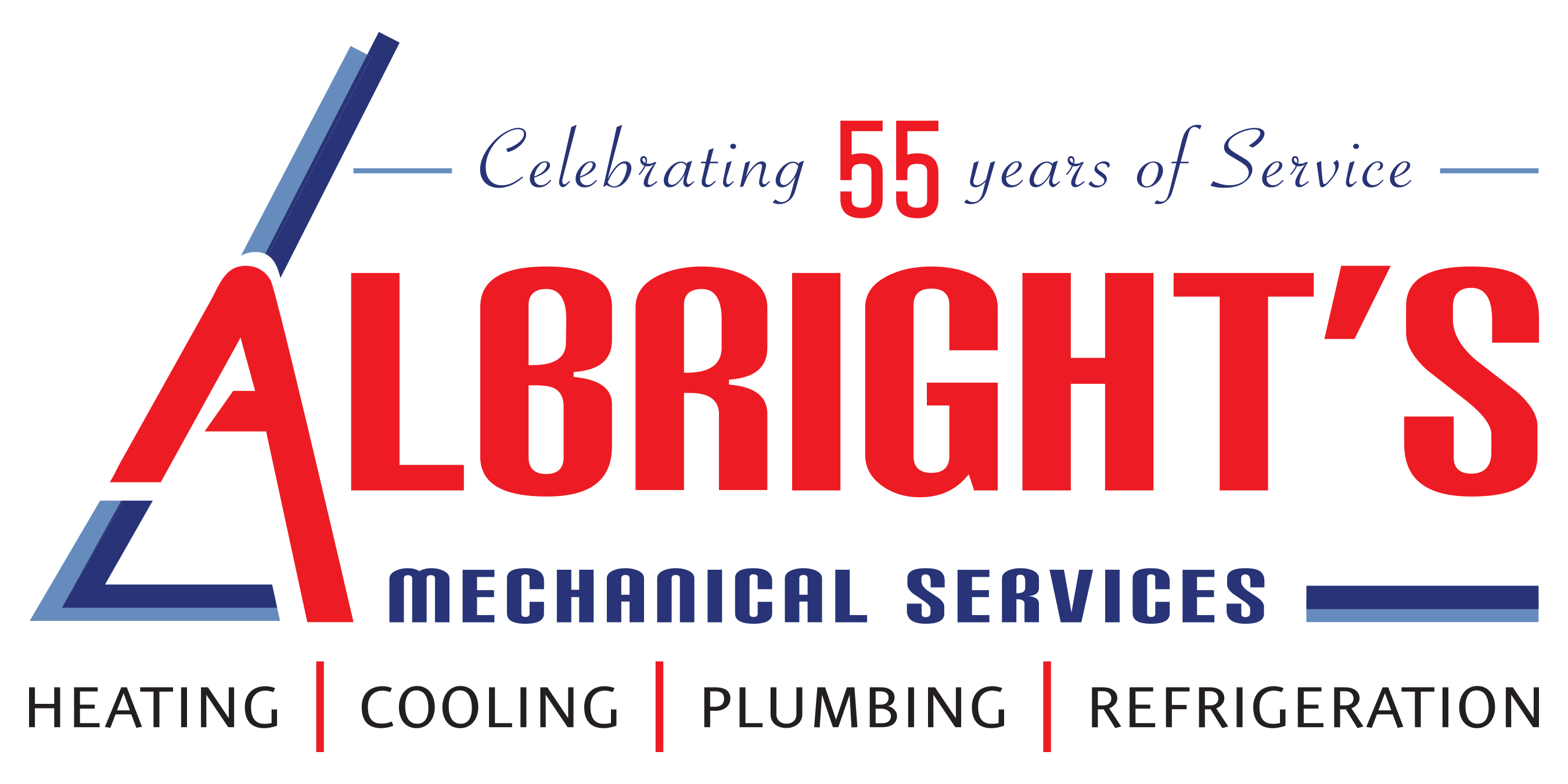We’re all aware of the familiar sound of a leak. The constant dripping is hard for any homeowner to ignore, and for good reason! When caught early, leaks can leave minimal damage that can be fixed with a few repairs. However, if a leak has been present for some time, it can take a toll on the structure of your home.
If you’ve encountered a leak in the past, it may have been stemming from your toilet, faucet, or other plumbing fixtures. But what do you do if water begins to leak from the ceiling? In this blog, we’re discussing the crucial steps to follow after spotting a ceiling leak.
Identify the Source of the Leak
Before we jump into the steps to take after noticing a leak from the ceiling, let’s start with how leaks come to be. Finding the source of the issue is essential to preventing the same situation from happening again.
If a bathroom or kitchen is located above the ceiling with a leak, it’s most likely a plumbing leak. This could be due to burst or corroded pipes in the plumbing system or a faulty appliance that utilizes a water supply, such as washing machines or dishwashers.
Take Action to Minimize Water Damage
After you’ve identified the source of the leak, you’re ready to jump into action to minimize the amount of water damage in your home. To manage a ceiling leak, follow these steps!
- Poke a hole. As the circle of water on the ceiling grows, use a screwdriver to poke a hole in the center of the stain. This can allow built up water to drain and the drywall to air out.
- Catch dripping water. When your home has a leak, you’ll want to make sure you’re minimizing the amount of water damage it endures. That starts with catching the water that is dripping from the ceiling with a bucket or large container, depending on the size of the leak. Use towels to soak up any excess water.
- Turn on the fan. You’d be surprised how much drying power a floor fan has! Whether you’ve got one or four fans, bring them to the area of the leak to assist in drying up any moisture.
- Call the professionals. With leaks, time is truly of the essence! It’s best to call your local plumbing team as soon as possible so we can come take a look and repair the leak before further damage occurs.
Common Sources of Ceiling Water Leaks
Washing Machine Leak Through Ceiling
A washing machine leak through the ceiling can be a distressing situation for homeowners. When a washing machine malfunctions or experiences a plumbing issue, it can cause water to seep through the floor and ceiling below, leading to water damage and potential structural problems. Addressing the leak promptly is crucial to prevent further damage and mold growth. Homeowners should turn off the water supply to the washing machine, clean up standing water, and contact a professional plumber to diagnose and repair the issue. Taking swift action can save both the washing machine and the integrity of the ceiling and surrounding areas.
Water Leaks from Upstairs Laundry Rooms
Water leaks from upstairs laundry rooms can be due to faulty plumbing, a malfunctioning washing machine, or a burst pipe, the consequences can be damaging. The water can seep into the floor and walls, leading to structural issues, mold growth, and damage to belongings. Swift action is vital to mitigate the damage. Regular maintenance and inspections can help prevent such leaks, but if a leak has already occurred, follow the same steps listed above: immediately turn off the water supply to your washer, do your best to mop up any puddles of water, and get in touch with a plumber ASAP.
Water Leaking Through Ceiling After Shower
The source of this type of leak is often a faulty shower drain, damaged grout, or a poorly sealed shower enclosure. Leaks may occur suddenly or appear to worsen over a period of time. Since a leak of this kind has the potential to cause serious damage, you cannot afford to ignore it. Homeowners should promptly call a plumber to investigate the cause of the leak, repair any damaged components, and consider waterproofing solutions to prevent future occurrences.
Bathroom Leaks Through Ceiling
A leak from the ceiling beneath an upstairs bathroom can be caused by various issues related to the plumbing or bathroom fixtures. Some common causes include:
- Plumbing Leaks: Leaky pipes or fittings in the bathroom's water supply or drainage system can lead to water seeping through the floor and ceiling below.
- Damaged Sealant: Worn-out or improperly applied sealant around the bathtub, shower, or toilet can allow water to penetrate the floor and cause leaks.
- Cracked Grout: Cracks in the grout between tiles can permit water to infiltrate the bathroom floor and cause water damage downstairs.
- Faulty Shower Pan: A damaged or incorrectly installed shower pan can result in water escaping and causing leaks below.
- Overflowing or Blocked Fixtures: Overflowing toilets or blocked drains can cause water to spill onto the bathroom floor and leak through the ceiling.
- Poorly Installed or Old Pipes: Aging or poorly installed plumbing pipes may develop leaks, leading to water dripping into the ceiling below.
To identify and address the source of the leak, homeowners should seek the expertise of a qualified plumber or contractor to conduct a thorough inspection and perform the necessary repairs. Prompt action can help prevent further damage and mold growth.
Baltimore Plumbing & HVAC Experts
At Albright's Mechanical Services, we're dedicated to providing high quality HVAC and plumbing services throughout Baltimore and the surrounding areas. For more information, give us a call at (410) 834-0148 or contact us online.


.2108111241550.png)